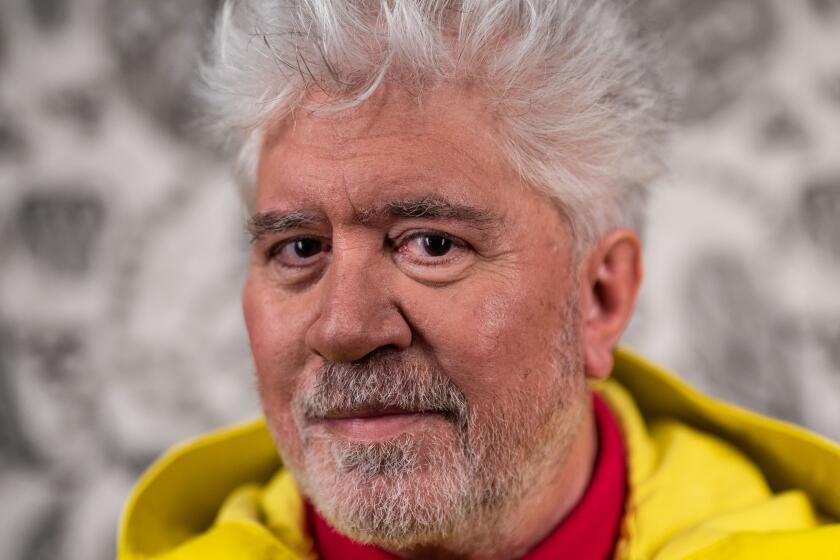‘Love Story’ is a readable classic
Is it better to read “Love Story” by the late Erich Segal, who died recently, or “Hamlet,” by the really late playwright William Shakespeare? The answer seems obvious to most educated people. “Hamlet” is the world’s greatest tragedy; “Love Story” is trash.
But they are both classics. Yes, both. If a classic stands the test of time, “Hamlet” needs no defense. And as this high school English teacher can attest, “Love Story” still resonates with teenagers 40 years after it was written. The boys still identify with the struggle of being independent from parents, and the girls understand the desire to marry a man who is rich and athletic. Everyone cries when Jenny dies and sobs when the Barrett men finally admit, “Love means never having to say you’re sorry.”
A classic deals with universal dilemmas.
“Hamlet” and “Love Story” have common themes: thwarted love and the death of the beloved. The heroes both have difficult fathers, one a murdering stepfather, the other a rejecting snob. The sons are tormented. Mothers are weak. People become ill; some die. That pretty much sums up the two stories.
A classic’s themes transcend its time and place.
The miracle of “Love Story” is that, despite its age and a lack of references to cellphones or computers, the emotions ring true to teenagers. As frighteningly odd as their mating rituals seem nowadays, kids do respond to the old-fashioned romance in “Love Story” with as much enthusiasm as Shakespeare’s audience did to “Romeo and Juliet.” I am sure that Segal, a classics scholar, was well aware of the connection.
A classic should be comprehensible.
If a teenager’s reading is limited to text messages, why force the kid to wrestle with Shakespeare? Why not start with an accessible book? Teachers and parents need to build on happy literary experiences.
Does all this imply that “Love Story” is a great book? No. But it is a great book for a certain purpose, which is to provide an entry for reluctant readers between ages 12 and 18.
Notice that teenagers’ interests are abbreviated: CD, TV, IM and MP3. Why expect them to take the time for long sentences? And chapters? And whole books? Friends, sports, sex, drugs and drinking are all far more captivating.
Few people sit in one place, doing one thing for an extended period of time. The average teen perches in front of his computer looking at Facebook while he does his homework and checks his phone messages, the TV blaring behind him. How can we ask him to read?
Gently, slowly, little by little.
Which is where “Love Story” comes in -- or “Maus” or “Persepolis,” or “Twilight” or Harry Potter. Each ushers the young person into the world of books without creating a hatred of them.
School, unfortunately, is run by adults who have worthy goals that are contrary to the universe kids live in. I have never met a boy who loves symbols and metaphors, but they all like to laugh. If a book lampoons society, if it makes fun of every value we adults hold dear, boys get it. That is why they prefer authors such as Dave Barry, Carl Hiaasen, Tim Dorsey, Jon Stewart and Al Franken. Boys want humor . . . or violence, preferably both.
Girls crave drama, love, teens with angst, and of those, the crazier the better. If the heroine is cutting herself, locked in a mental hospital, or in love with a bum, girls are hooked. They read Susanna Kaysen, Barbara Kingsolver, Alice Sebold and Tracy Chevalier. A recent favorite novel is “Push,” now called “Precious” because of the movie. Evil parents? What teenager can’t identify?
Which brings us back to “Love Story.” There is a brand-new edition and it is still selling after all these years. My students enjoy it, and two months after they finish it, I will get them to read “Hamlet.” Tricky, huh?
Emily Farrell teaches at Strath Haven High School in Wallingford, Pa.
More to Read
Sign up for our Book Club newsletter
Get the latest news, events and more from the Los Angeles Times Book Club, and help us get L.A. reading and talking.
You may occasionally receive promotional content from the Los Angeles Times.







